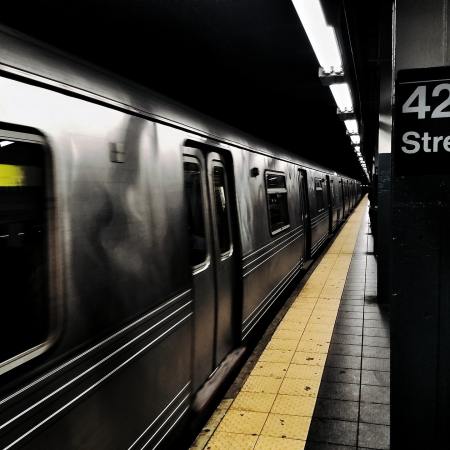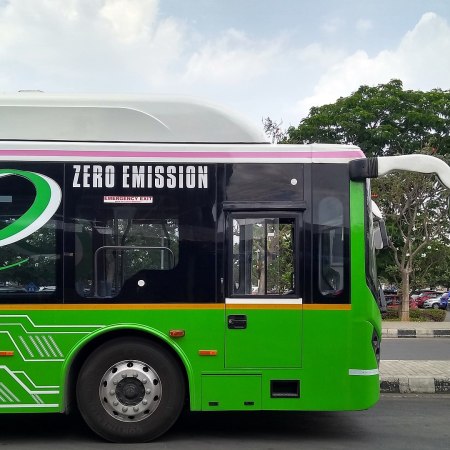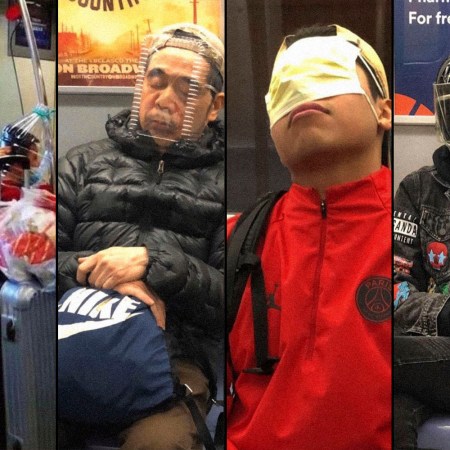In nearly all urban areas, you can see people getting around via a host of methods — walking, cycling, driving and taking public transportation among them. Finding the right balance to keep all of these people safe is no easy task — and the ambitious Vision Zero program in New York City has sought to reduce deaths on the city’s roads.
Unnervingly, 2021 was not a good year on this front. As Streetsblog NYC reported earlier this year, 2021 had the highest number of road deaths since the program began.
In a new article for Curbed, Christopher Robbins examines a success story in nearby Hoboken to see what other cities can learn from it. While Hoboken is much smaller than New York City, some of the design principles implemented there seem like they could adapt to nearly any urban environment — and might make them safer for it. As Robbins writes, Hoboken “hasn’t had a single traffic fatality since 2018.”
Among the steps that Hoboken has implemented includes restricting parking near crosswalks. Though the article cites another factor that seems to have contributed to the success of its traffic safety initiatives: a general sense of agreement between the city’s mayor and the head of its department of transportation. Political gridlock can have an adverse effect on actual gridlock — to say nothing of deeper issues involving road safety.
Thanks for reading InsideHook. Sign up for our daily newsletter and be in the know.


















